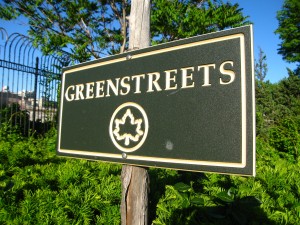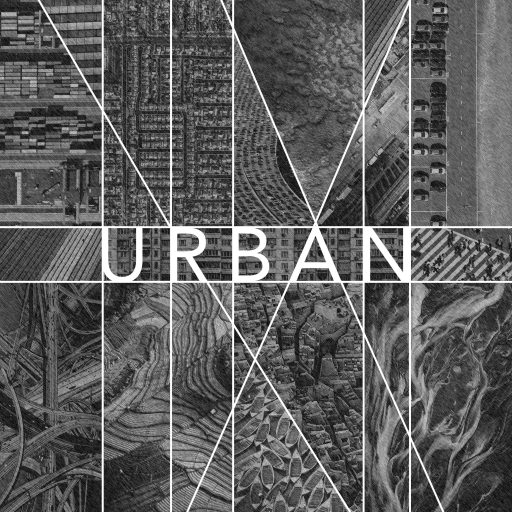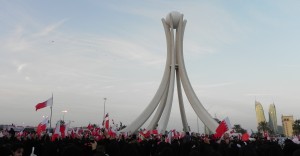 Infrastructure shapes our relationship to the city. Nearly every aspect of urban life is predicated on some form of infrastructure system, from the water we drink, to the energy we consume, the waste we generate, the transport systems we rely on and the streets that so immediately define urban space.
Infrastructure shapes our relationship to the city. Nearly every aspect of urban life is predicated on some form of infrastructure system, from the water we drink, to the energy we consume, the waste we generate, the transport systems we rely on and the streets that so immediately define urban space.
Yet by most estimates, our infrastructure is in desperate need of maintenance and new investment. According to the American Society of Civil Engineers, bringing current infrastructure in the United States up to full repair will cost $2.2 trillion over the next five years, to say nothing of new investment. With state and municipal budget cuts in the pipeline, continued disinvestment of infrastructure could lead to dire consequences.
At the same time, aging infrastructure presents planners and policy makers with an opportunity to rethink the way we design, build, and finance the infrastructure systems that shape our cities. As Stephen Graham, professor of Cities and Society at Newcastle University, has noted, infrastructure systems aren’t static: they change as cities develop. Over time, this synergy can sometimes constrict innovations in the organization and function of the built environment. The expansion and current dominance of auto infrastructure is one clear example.
In some cases, path dependencies stemming from older, inflexible infrastructure systems can perpetuate hazardous conditions. Within the past year, the BP oil spill in the Gulf, coal mine explosions in China, and the nuclear power crisis in Japan have all demonstrated the dangers of our dependence on fossil and nuclear fuels and the ramification of highly centralized energy generation systems.
To avoid such overdependence, planners and policy makers should adopt more comprehensive and strategic approaches to infrastructure design and investment. While capital funding from the Federal government continues to favor large new investments in the US, more attention should be dedicated to policies and investments that minimize the strain on existing public works facilities.
For example, California’s sustained support for energy efficiency, anchored by a utility rate structure that incentivizes conservation, has led to below-average increases in total electricity consumption over the last few decades despite continued population growth. This policy has helped avoid the need for new conventional power plants while buying time for more sustainable technologies to mature.
Similarly, New York City’s recently released Green Infrastructure Plan promotes landscaping features such as bioswales, sidewalk vegetation, green roofs, and permeable surfaces as cost-effective investments that reduce the burden on the city’s stormwater management system while improving urban design and local environmental quality. The City estimates this will divert ten percent of stormwater from water treatment plants and avoid $3 billion in traditional “grey” infrastructure investment needs. Bike lanes are another example of a cheap way to reduce the strain on transportation in New York City.
Of course, these approaches by themselves cannot fully address our urban infrastructure needs. Rather, they should be considered complements that lessen the burden on aging infrastructure with minimal cost to the public. This kind of multi-pronged approach can help overcome insufficient and inefficient infrastructure finance mechanisms and provide flexibility in the way that infrastructure is developed.
By Peter Jenkins

